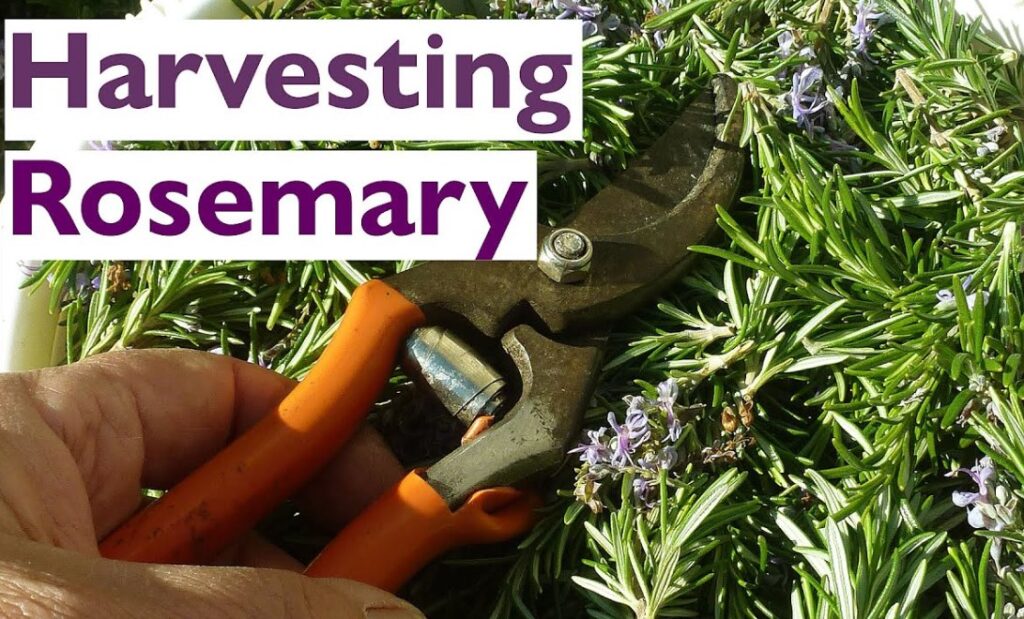Quite often in the garden, you can find rosemary. This is an evergreen shrub that is unpretentious to the landing site. Even minimal care allows you to get an excellent harvest and use it for culinary purposes. More about how to harvest rosemary without killing the plant will be discussed in this article.
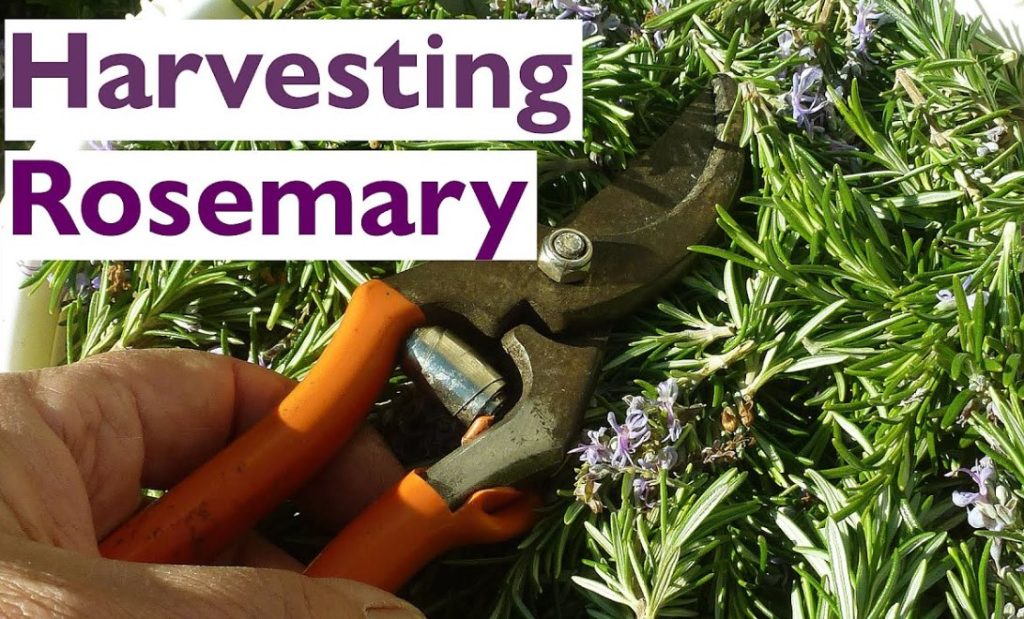
Contents
How to harvest rosemary plant: best time
Before proceeding to the study of how to harvest rosemary without killing the plant, you should determine the optimal time for work. Rosemary plants can produce an excellent harvest, regardless of the climate of the region. Harvesting rosemary is possible at any time of the year.
The most active growth rates of bushes are observed in spring and summer. Therefore, it is better to harvest rosemary at this time. You can also cut a little of the stems, even in winter. In cooler weather, it’s best to move containers indoors, so you can harvest throughout the winter.
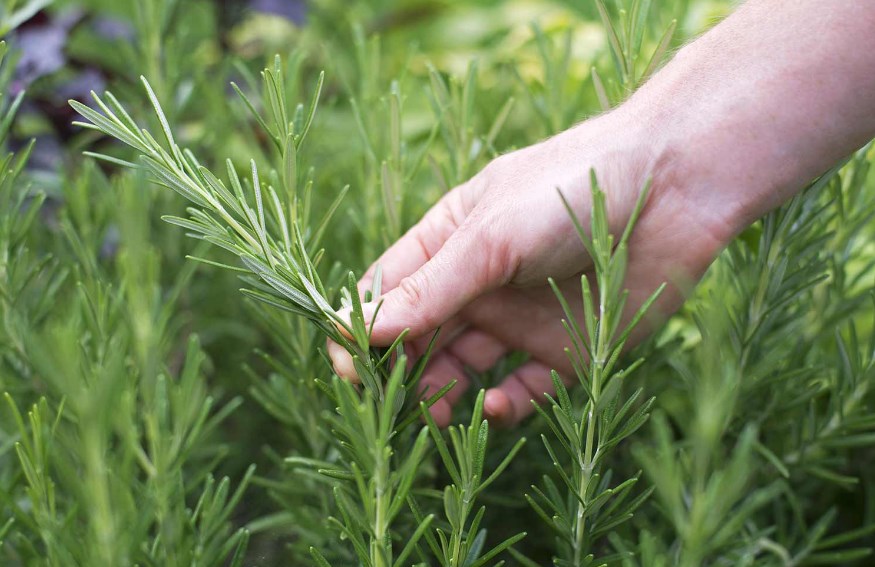
You can collect leaves daily as soon as the bushes take root well. If you plan to dry the rosemary plant, it’s best to wait until the plants bloom. After all, the leaves are filled with olive oil. As soon as the flowers appear, pick the leaves, which have an intense flavor and aroma.
It is best to start harvesting rosemary in the morning. Try to cut cuttings regularly. This may have to be done every week. Especially if the bushes are large.
The more you cut, the faster new stems and leaves will grow. It is recommended to collect the last harvest rosemary a few weeks before frost. If you cut the bushes in cold weather, this can cause their death.

Features of collecting rosemary
It is important to decide on the correct branches. You need to cut off those whose height is more than 8 inches. The flexible and soft tips of the branches are distinguished by the best taste and fragrant qualities. However, even bark-covered branches can be used in cooking. They are often used as a skewer when cooking meat.
It is recommended to cut only a third of the plant at a time. This allows it to recover. Therefore, it is better to cut no more than 3 inches of the stem. If you plan to use freshly harvested rosemary, green leaves and soft stems are your best bet.
If you dry rosemary, then you need to cut to the base, covered with bark. You do not need to cut too much of the stem from the base so that the bushes continue their growth.
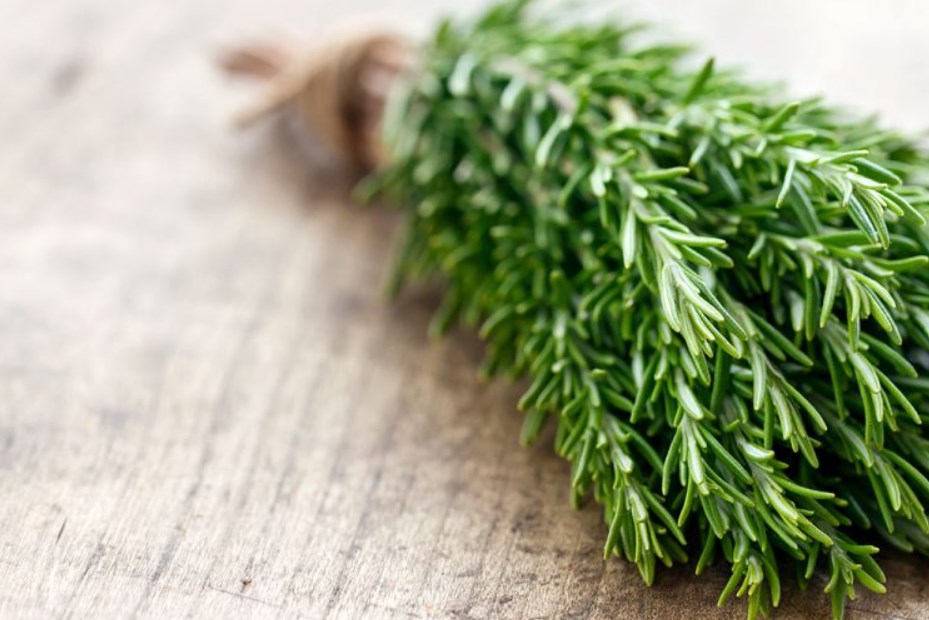
Use of sharp instruments
If you plan to harvest rosemary, you need to work with sharp tools. It is better to use scissors or secateurs. Rosemary has tough stems that can break and crack due to blunt tools. This may cause the death of the bushes.
You can arm yourself with simple scissors; however, it is better not to do this. You should also not break branches manually if you still plan to harvest in the future. Sharp tools help the bushes heal quickly.

Instrument disinfection
Before harvesting rosemary sprigs, wipe the tools with alcohol. After all, bacteria and fungi can remain on them, capable of penetrating rosemary bushes and provoking their death. If you disinfect, you can prevent such unpleasant consequences.
After the harvest is completed, you need to rinse the tools again in alcohol. This prevents the emergence of new diseases that can be transferred to other bushes and crops.

Collection of mature stems
One common mistake is picking a young rosemary plant. Branches that are more than 8 inches long are subject to cutting. The short branches are not yet ripe, so you need to give them time to grow. Do not make cuts near the base. It is better to opt for tender leaves that are at the tips of the stem.

Do not cut off most of the bush at once
When harvesting, it’s best to cut only the top 2 inches. These areas are distinguished by a delicate structure and a rich aroma. If you leave branches 6 inches long, the rosemary plant grows back and recovers.
Areas that are covered with bark, are best left uncut. This often provokes the death of the bush. If the woody stems are completely cut off, rosemary will not be able to recover.
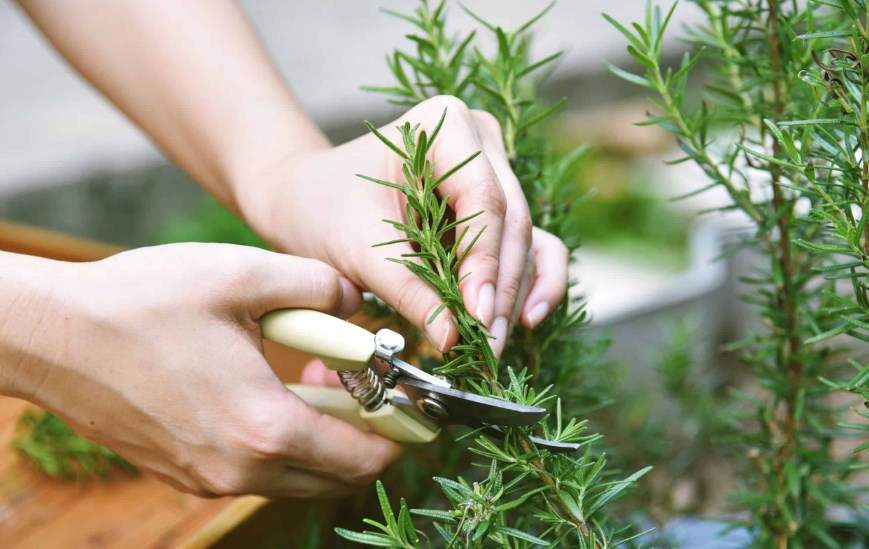
Trimming the remaining rosemary plants
Once the mature stems are cut, you can start trimming the remaining stems. They must be the same length. This helps them grow better. In the future, you can harvest regularly. The shape of the bushes, at the end of harvesting, should be clear and compact.
Thanks to this, the rosemary grows not so much. The shoots will remain at the same level, which will facilitate the harvesting process in the future.
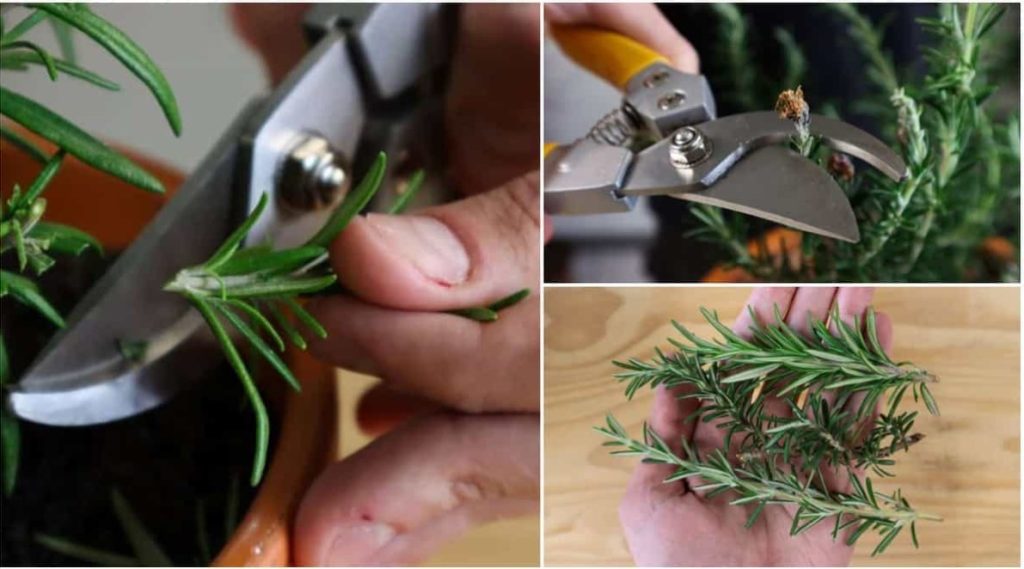
Features of storing rosemary plants
If you learn how to properly store rosemary, then there are no problems with expiration dates.
How to store fresh rosemary plants?
You can collect a bunch of twigs to keep rosemary longer. After that, fill a glass with some water, and put the formed bouquet in it. Underwater leaves should be cut off. Then cover with a plastic bag and refrigerate.
Water changes should be done every day. This keeps fresh rosemary sprigs for up to 14 days. If you plan to use a rosemary plant in the next few days, it is not necessary to keep them in water. It is enough to wrap the woody stems with a few paper towels to keep the leaves dry.
Then put the fresh herbs in a bag and place them in the refrigerator. Wrapped rosemary can be used within 3-5 days.
How to store dried rosemary?
If you want to use fragrant rosemary for a long time, you can dry rosemary. The easiest way is to use a dehydrator. However, under the influence of heat from the device, the taste of the aromatic oils will deteriorate. Therefore, the cold drying method should be preferred.
Gather the woody stems together and start drying. You can hang the formed bouquet in a dark room with good ventilation. Rosemary will air dry for 10 days. It remains to separate the rosemary leaves.
Leaves should be stored whole. However, if desired, you can chop or grind them. After you need to move the rosemary to an airtight container. Storage in this form is quite long. However, it is best to use it within 12 months.

Other storage methods
You can freeze the rosemary plant to keep it fresh longer. Branches are best frozen separately. First, after harvest, rosemary stems should be washed well, then wiped dry with a paper towel. Lay the grass on the tray in a single layer to dry naturally.
Once the moisture is gone from the greens, place the tray in the freezer for 60 minutes. After freezing, rosemary can be folded into special bags and labeled. Storage in this form is possible for up to 12 months. To improve the taste, try to use the product in the first 3 months.

FAQ
When it comes to harvesting rosemary, different questions can arise.
How do you harvest rosemary so it continues to grow?
Cut branches with sharp tools. Young branches are flexible and have a light green hue. Old branches are dark and covered with bark. Both options can be used. However, young branches are more fragrant and easier to cut.
How should you harvest rosemary?
You need to work with sharp scissors. You need to cut not at the very base of the stem, but a little higher.
Do you harvest rosemary from the top or bottom?
It is recommended to cut 2 inches from each branch. If you are planning to cook a dish, and rosemary is required in a small amount, it is enough to pick a couple of leaves from a few stems.
Does rosemary regrow after cutting?
Yes, if harvested properly, rosemary can recover. It is better to cut only green stems so that the rosemary bush has the strength to recover.
How to harvest rosemary: Conclusion
As you can see, harvesting rosemary is not difficult. The main thing is to do everything correctly and consistently. Remember that you need to work only with sharp tools.
Read also: How to harvest parsley without killing the plant: smart gardening tips

